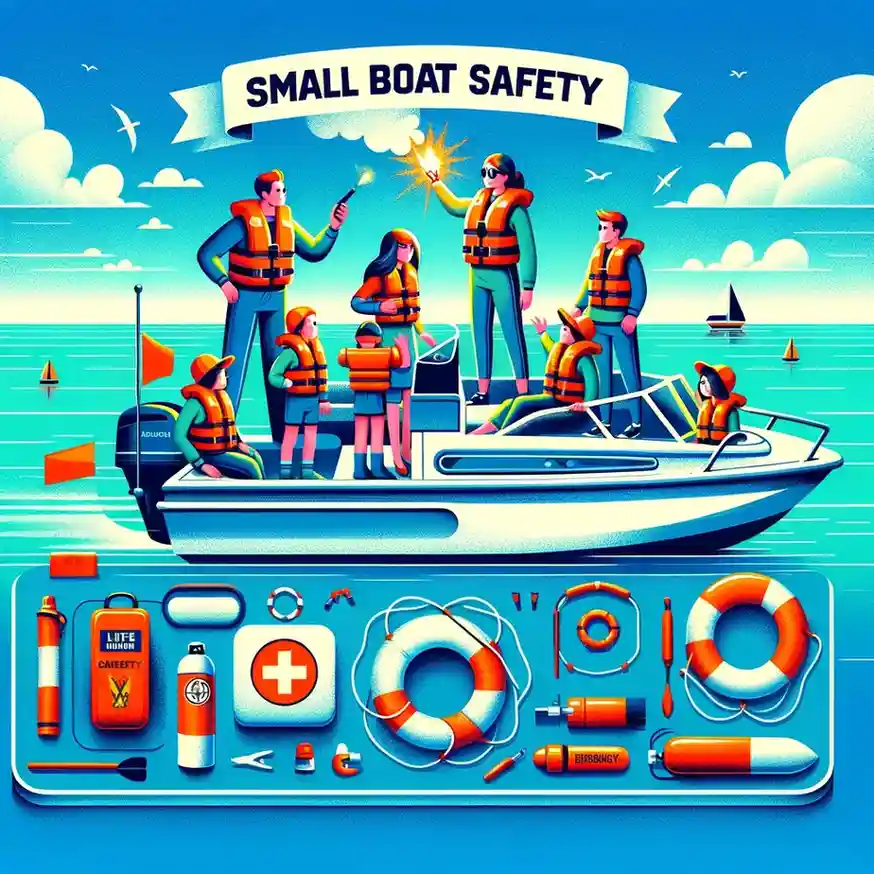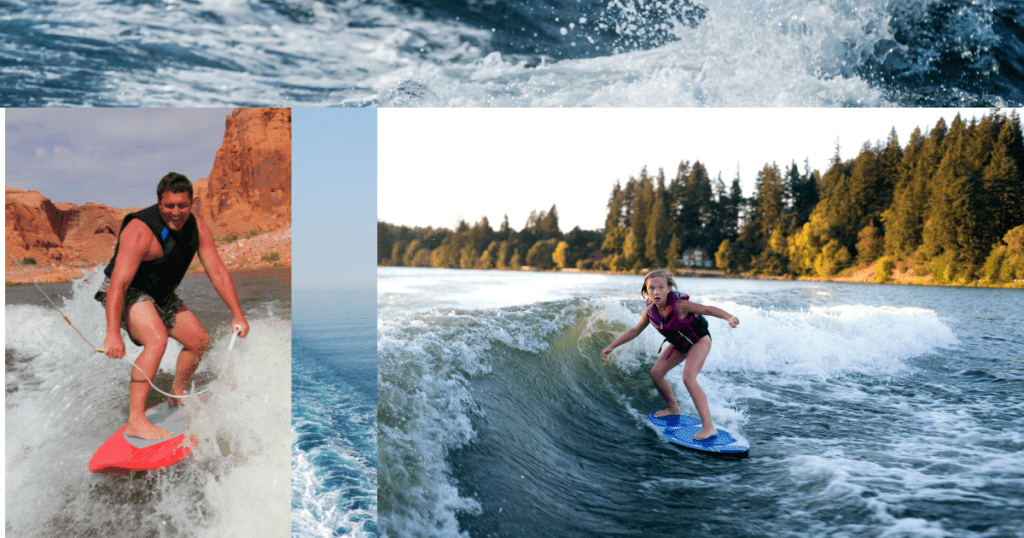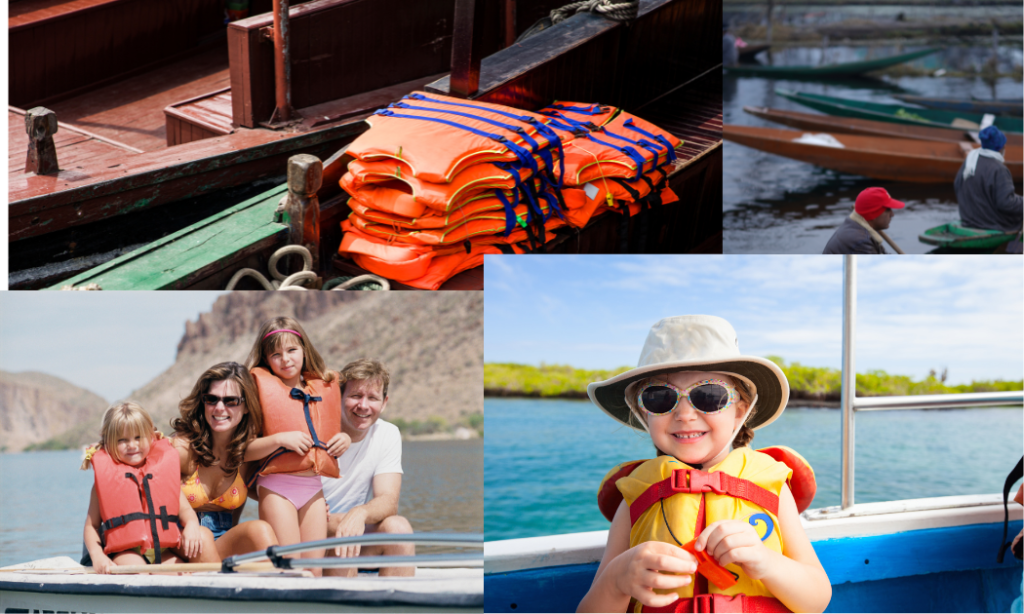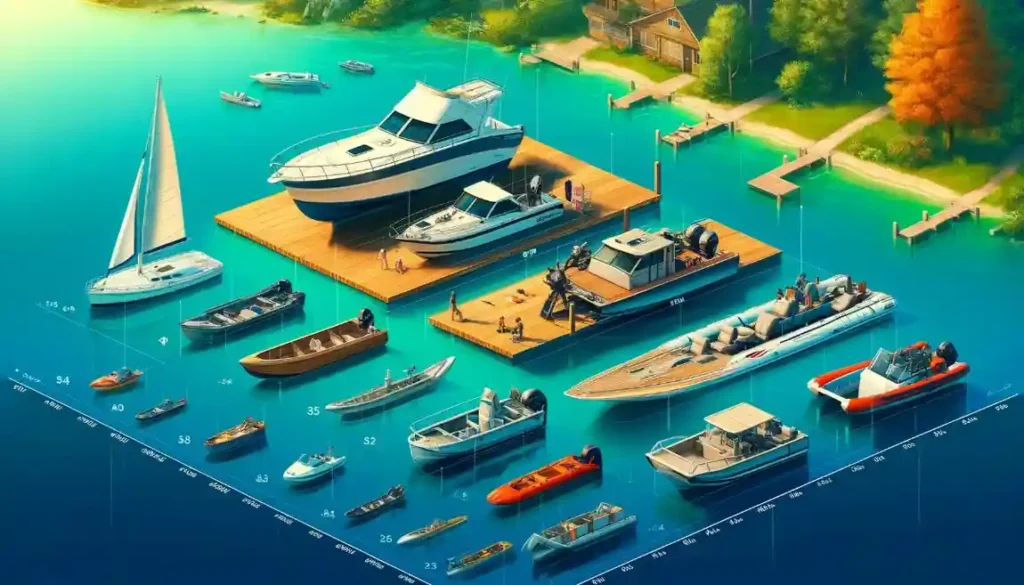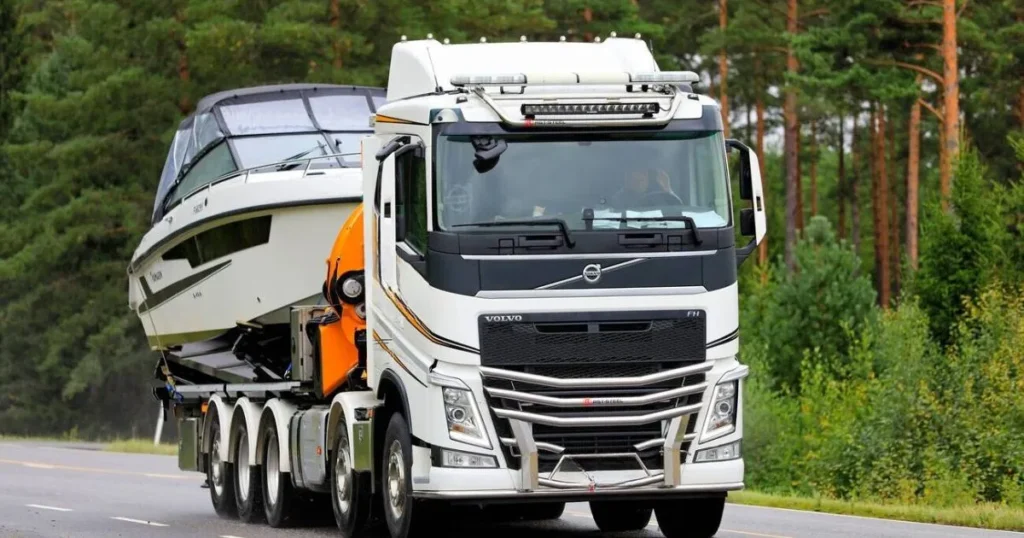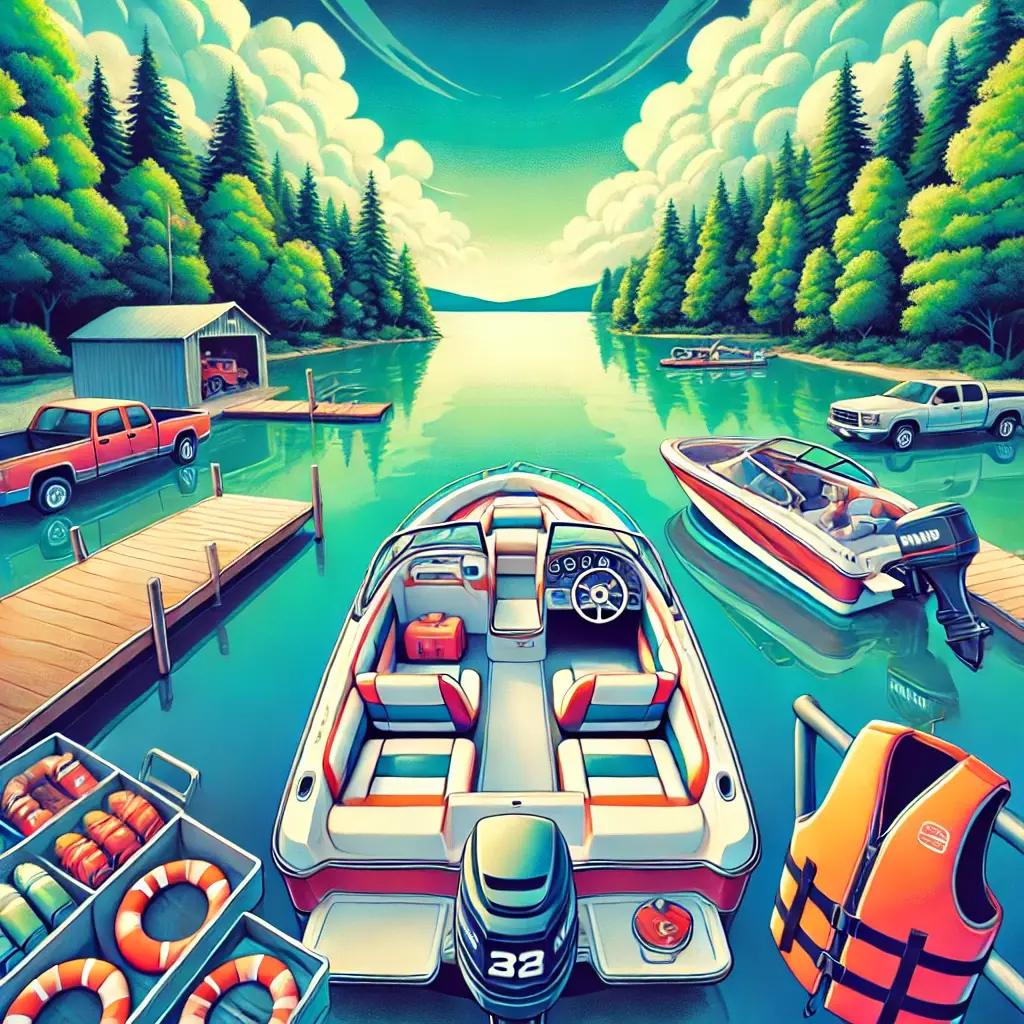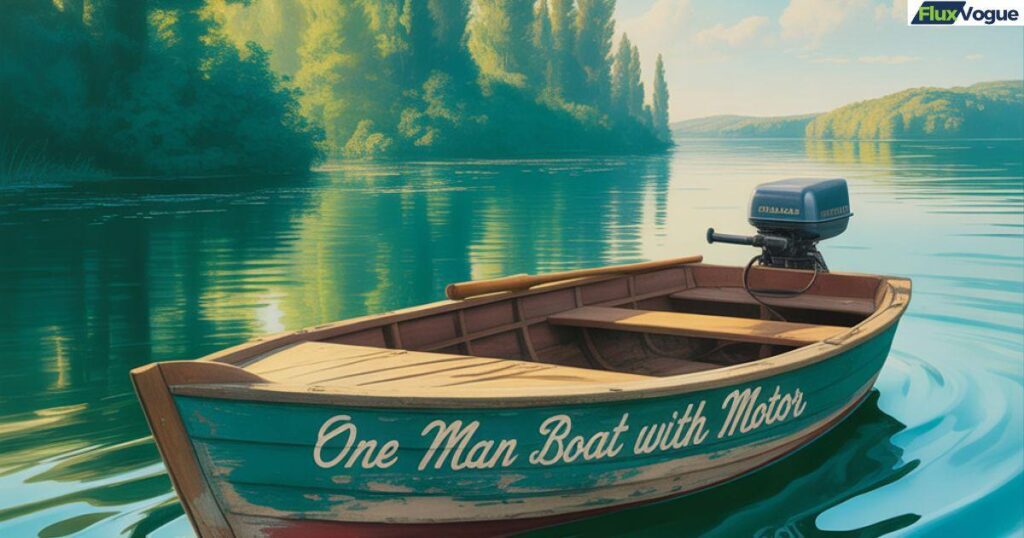Venturing out on a boat can be quite an experience, but it does come with its own set of risks, especially the potential danger of someone falling into the water. In this guide, we’ll explore safety tips for boating checklists, essential equipment, and emergency procedures to make sure your small boat trips are both safe and enjoyable. Whether you’re a sailor or new to adventures, these tips will help you have a great time while staying safe on the water.
Table of Contents
Recognizing the Hazards of Small Boat Navigation
Due to their size and passengers’ proximity to the water, boats are more prone to accidents such as falls. Factors like movements, slippery decks, and sudden shifts in weight can swiftly escalate situations. Knowing the causes of these incidents will enable you to be prepared and respond effectively.
Understanding How Gravity Impacts Safety on Small Boats
The role of gravity is vital in ensuring stability and safety aboard boats. It significantly influences the Behavior of the boat on the water in terms of maintaining balance and reducing the risks of capsizing or individuals falling off the boat. Here are tips to effectively manage forces for safety;
Center of Gravity;
The center of gravity, where the boat balances, is key. When this point is too high, the boat becomes heavy and more susceptible to tipping over. To maintain stability;
Keep items low; Store bulky gear near the deck.
Distribute weight. Balance loads from side to side and front to back to avoid leaning or tilting unevenly.
Avoid shifts; Abrupt weight changes can destabilize a boat; move with caution.
Buoyancy and Equilibrium;
Buoyancy counteracts gravity by keeping the boat afloat; it is influenced by the weight the boat carries and its water displacement. To optimize buoyancy;
Mind your load; Stick within the boat’s capacity limit to prevent buoyancy.
Utilize flotation devices for added safety support.
Make sure your boat has flotation devices along it to keep it afloat even if it gets filled with water.
Impact of Waves and Wind:
Gravity also interacts with external forces like waves and wind, which can destabilize a boat. To counteract these:
- Understand the conditions: Check weather forecasts and water conditions before setting out. Avoid rough waters if your boat and experience level don’t match the challenge.
- Learn to trim the boat: Adjust the sails or motor trim to maintain an even keel and stable ride in varying conditions.
Emergency Response to Capsizing:
In the unfortunate event of a capsize, gravity can become a formidable enemy, pulling the boat down. To prepare for and respond to a capsize:
- Stay attached: Wear a safety line in rough conditions.
- Practice righting drills: Know how to right the boat if it’s safe to do so or how to stay with it until help arrives.
Comprehensive Safety Gear Checklist
Personal Flotation Devices;
It’s important to ensure that everyone on board is either wearing a life jacket or has access to one. Opt for jackets that fit properly and are suitable for the water conditions and wearer size.

Man Overboard Devices;
It would help if you had flotation devices on your boat. It would help if you also considered getting personal locator beacons for each member of your crew.
Emergency Kits;
Make sure your boat is equipped with an emergency package containing signaling tools (such as flares and whistles), a first aid kit, a flashlight, and a portable VHF radio.
Effective Ways to Prevent Accidents Involving Falling Overboard
Training and Readiness: Conduct safety drills, including practicing. Ensure that all individuals on the boat understand their responsibilities in case of an emergency.
Ensure Boat Stability and Safety:
- Check your boat’s stability regularly.
- Avoid overloading it.
- Keep the deck free from obstacles and slippery surfaces.
Guidelines for Behavior: rules on moving around the boat and enforcing them. Discourage behaviors like leaning far out or standing on unstable areas.
Procedures for Dealing with Man Overboard Situations
Spotting and Signaling: Immediately alert crew members by shouting and maintaining contact with the person who fell overboard.
Stop the Boat: Reduce speed, stop the boat, and carefully navigate towards the individual in distress.
Rescue Operation: Use equipment like a recovery ladder, sling, or life ring to help them safely get back on board.
Evaluation and Action: Once they are back on board, assess their condition promptly, provide first aid, and seek assistance without delay.
Survival Techniques After Going Overboard
Suppose you end up in the water; stay composed. Keep your mouth shut to avoid swallowing water and conserve your energy effectively. If you have a life jacket, ensure that it is securely fastened.
If you need assistance, try to attract attention using whatever methods you can. To stay warm, minimize the amount of your body submerged in the water.
You can also read about Preventing Fatalities and Understanding Risks on Small Boats
Water Safety for Small Vessels: Beyond the Basics
Apart from standard safety gear and protocols, consider taking a boating safety course. These courses cover everything from navigation and laws to personal safety and emergency responses, providing you with knowledge that could save lives.
Conclusion
Safely maneuvering boats takes more than knowing the basics; it requires proactive planning and close attention to details. By grasping the elements that increase the risk of falling and having the safety equipment, you can embark on your sea voyages with assurance. Keep in mind safe boating involves not only operating the boat but also overseeing the surroundings and passengers competently. Stay vigilant, stay ready, and ensure each boat excursion becomes an experience for all the reasons.
FAQ: Safety Concerns on Small Boats
Q1: What usually leads to accidents involving people falling overboard from boats?
A1: The common reasons are losing balance from movements, slippery surfaces, and uneven weight distribution among passengers.
Q2: How can I make my small boat more stable?
A2: To enhance stability, it’s recommended to keep objects low near the deck and evenly spread the weight across the boat.
Q3: What immediate actions should be taken if someone goes overboard?
A3: Quickly alert crew members, slow down the boat, and position it for retrieval using a life ring or recovery ladder.
Q4: Are there types of life jackets suggested for use on boats?
A4: Yes, it is advisable to choose flotation devices
